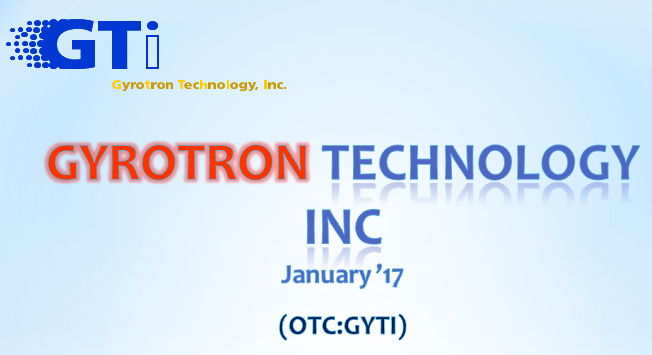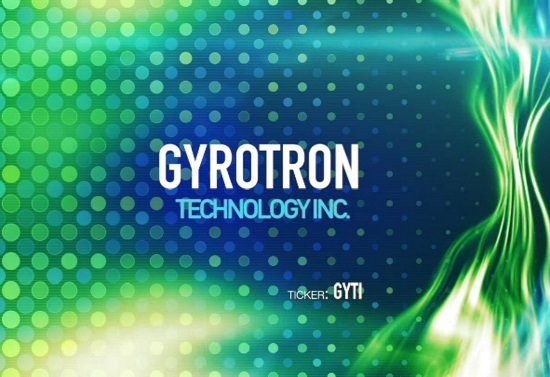Glass Melting Technology
Microwave Glass Melting Technology
Glass and glass-making ceramics can be melted using microwave glass melting technology. It can be melted rapidly and directly by the gyrotron beam with a heating rate of over 1,000 degrees C (2,0000F) per second. As a result, many of the current difficulties in melting glass and re-melting glass waste can be overcome, providing a highly efficient and shorter melting process, while opening the way for smaller glass melting tanks. There are two ways to do this.
The first is using the gyrotron outside of the melting tank for a continuous process of making glass pellets of the final composition, resulting in an almost gas-free substance. Using such pellets in a regular glass melting furnace significantly reduces time for melting and refining. The second method available is the direct melting of glass-making ceramic on the surface of molten glass. This approach also helps to solve the current problem with re-melting glass waste. Foam is formed by air bubble emission during the heating of glass powder or glass-making ceramic compositions. Air trapped in the foam is released very slowly. This sluggish process limits waste-melting productivity by blocking the flow of incoming composition or waste. In the current melting process, the foam is heated mainly by passive heat conduction from the molten bath. Due to the foam’s intrinsic nature, its thermal conductivity is extremely low.
At the same time, to speed up the escape of air, the foam would need to be heated to a higher temperature, lowering its viscosity. Increasing foam temperature by even 1000C reduces glass viscosity almost ten times, accelerating bubble drainage also by ten times.
By direct heating of the foam layer on the molten glass surface and the incoming glass composition or waste, the gyrotron beam speeds up glass foam de-airing, enabling an efficient microwave glass melting technology process.
The industrial microwave is a very good energy source for heating materials because it is easily controllable, is able to heat glass volumetrically or exclusively (whichever is required by the specific task), and provides very high efficiency. Low frequency microwave similar to your kitchen microwave had no big success in the industrial plant application. The comparatively low frequency of the industrial microwave makes it difficult to control power distribution, making it a less-than-ideal industrial tool.
Fortunately, the high-frequency microwave has become available with the development of a relatively new microwave generator, the gyrotron. This multifunctional industrial tool generates a microwave beam from a few kW to over one MW, with a beam diameter of around 10 mm. The beam may be focused, spread over a surface, directed, or even split, all with superior heat density where it’s focused and no heat where it’s not, through the use of simple metal mirrors. This is an industrial dream come true, allowing technical heating capabilities that are unheard-of with conventional heat sources.
Gyrotron equipment can be easily incorporated into existing production lines. Some components of the existing equipment just need to be optimized for gyrotron application. The set of equipment consists of a specialized gyrotron tube with a magnet placed on the stand and attached to the processing chamber through an optics unit. It also includes a few standard OEM components. The optics and processing site (shield chamber) are elements custom-designed for the installation. With its eco-friendly footprint and high capabilities, the gyrotron beam promises to be the twenty-first century’s new tool for microwave glass melting technology and other heat processing. For more information about glass melting technology contact Gyrotron Technology at 215-244-4740.




